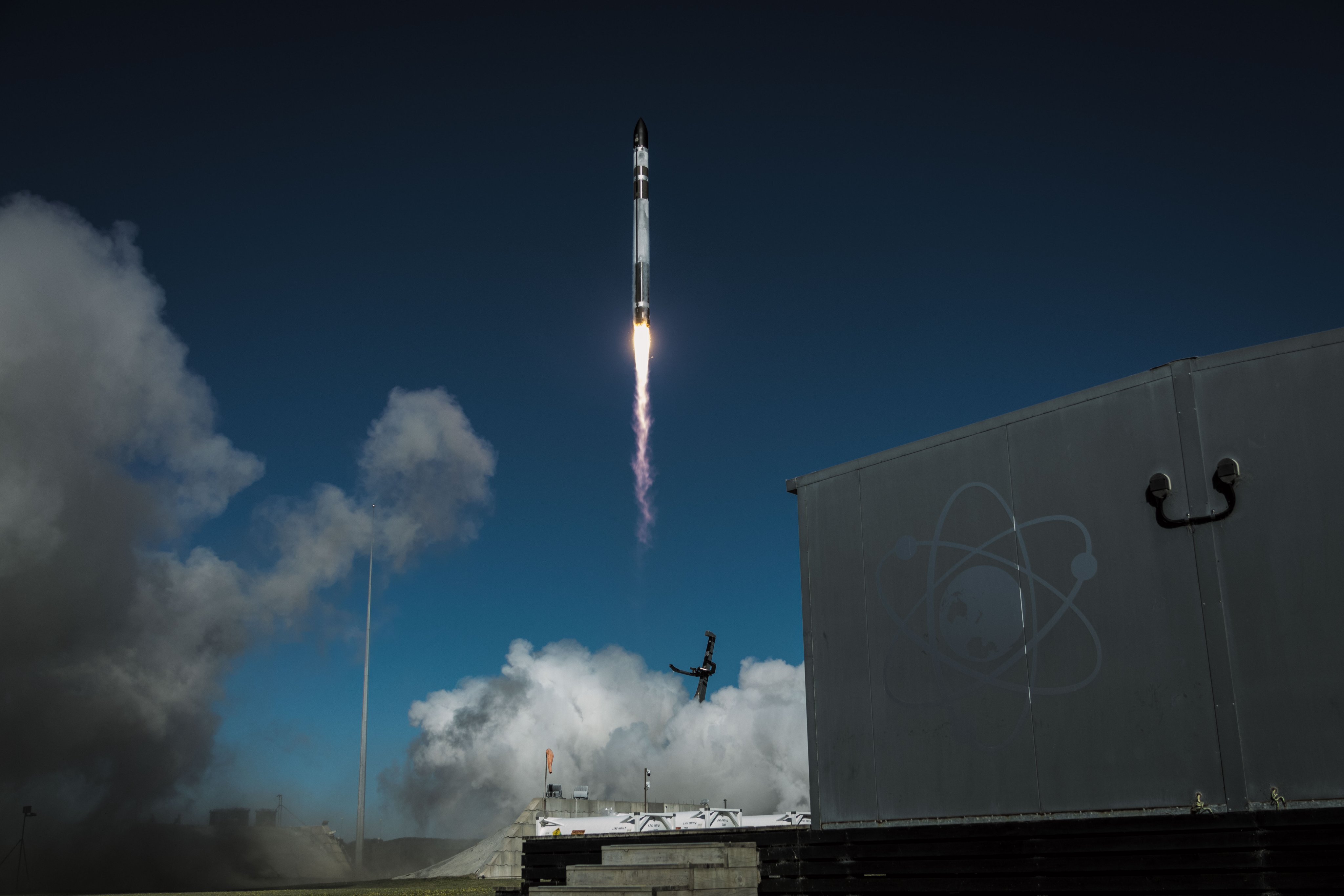Stars might be forming much faster than expected, new study suggests
China's FAST super telescope has made a surprising find about interstellar magnetic fields.

Stars might be born much faster than previously expected, a new study by scientists using China's huge radio super telescope has found.
Chinese astronomers used the Five-hundred-meter Aperture Spherical Telescope (FAST), the largest radio-telescope in the world, to probe the magnetic field inside a molecular cloud called Lynds 1544. Located in the Taurus constellation, some 450 light-years away from Earth, Lynds 1544 is a fascinating region as it appears right on the brink of producing a star.
Astronomers had previously measured the magnetic field inside the densest part of the cloud where the nascent proto-star resides using the Arecibo Observatory, a huge radio telescope in Puerto Rico, before it infamously collapsed in 2020. They also probed the thinner regions at the cloud's edges. Now, the FAST measurements focused on the region in between; a piece of information previously missing.
Related: What's the story behind the stars?
The measurements revealed the magnetic field in those areas was 13 times weaker than theoretical models predict, the researchers said in a statement. That means the magnetic field is not strong enough to hold back the collapsing matter and that nuclear fusion would ignite inside the ever denser ball of material much faster than previously expected. Nuclear fusion is what powers living stars including our sun.
"If the standard theory worked, the magnetic field needs to be much stronger to resist a 100-fold increase in cloud density. That didn't happen," Di Li, the chief scientist of FAST who led the study, told Science.
The finding could revolutionize the theory of star formation, but scientists caution that measurements of other star-forming clouds would first have to render similar results.
Breaking space news, the latest updates on rocket launches, skywatching events and more!
"If this is proven to be the case in other gas clouds, it will be revolutionary for the star formation community," Paola Caselli from the Max Planck Institute for Extraterrestrial Physics, who was not involved with the research, told Science. "The paper basically says that gravity wins in the cloud: That's where stars start to form, not in the dense core. That's a very big statement."
The FAST telescope, with a 1,600 foot (500 meters) diameter dish, is considerably bigger than the 1,000 feet (305 m) Arecibo, which held the record for the world's largest radio telescope for 53 years. FAST took the title of world's largest radio telescope in 2016.
The international radio astronomy community felt greatly the loss of Arecibo. But in December 2020, China announced that it will open FAST to international scientists. The FAST telescope sits inside a natural crater in Guizhou Province in southwest China. Its giant dish is made of thousands of triangular panels, each of which can be steered to allow the telescope to focus on different targets, BBC reported in 2016.
The new study was published in the journal Nature on Jan. 5.
Follow Tereza Pultarova on Twitter @TerezaPultarova. Follow us on Twitter @Spacedotcom and on Facebook.

Tereza is a London-based science and technology journalist, aspiring fiction writer and amateur gymnast. Originally from Prague, the Czech Republic, she spent the first seven years of her career working as a reporter, script-writer and presenter for various TV programmes of the Czech Public Service Television. She later took a career break to pursue further education and added a Master's in Science from the International Space University, France, to her Bachelor's in Journalism and Master's in Cultural Anthropology from Prague's Charles University. She worked as a reporter at the Engineering and Technology magazine, freelanced for a range of publications including Live Science, Space.com, Professional Engineering, Via Satellite and Space News and served as a maternity cover science editor at the European Space Agency.
